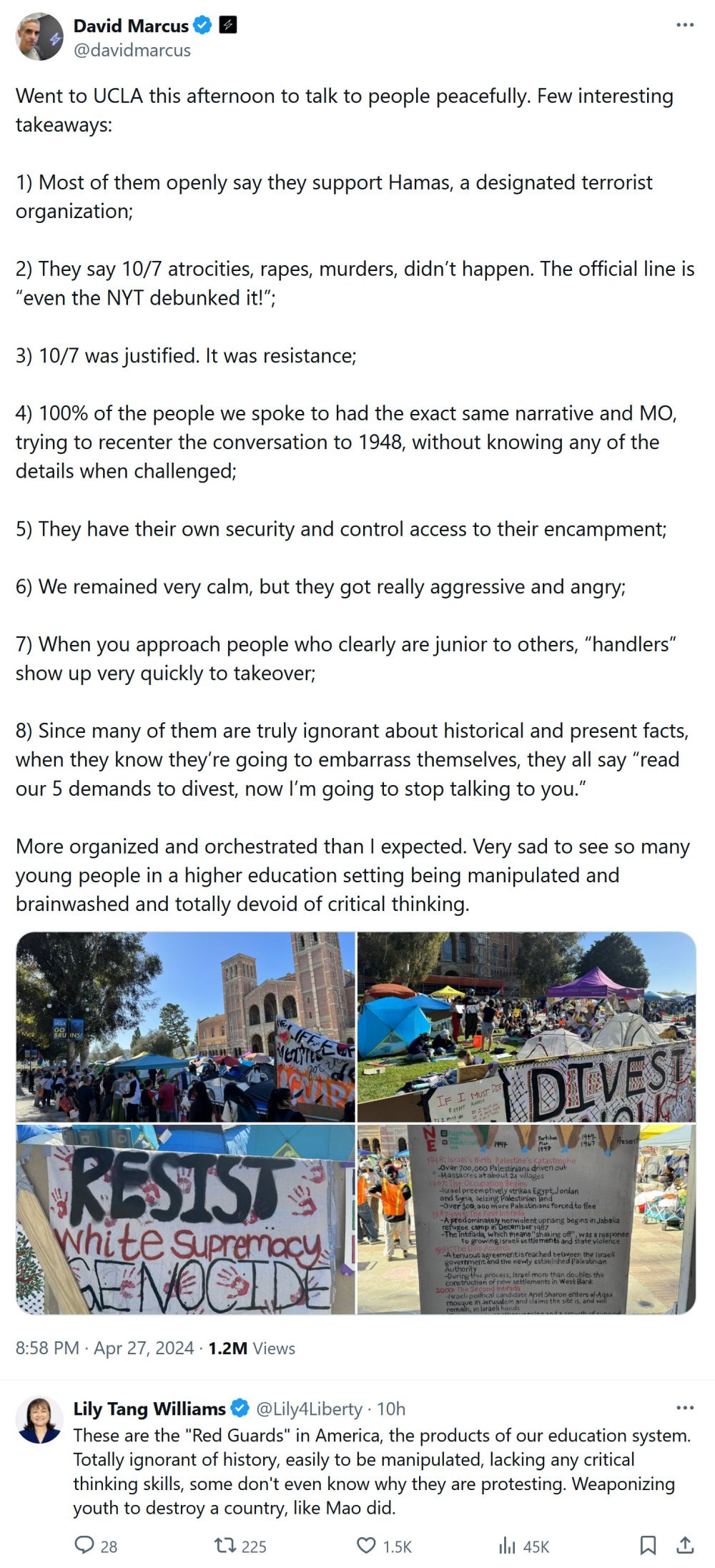SPRING FASCISM PREVIEW: Jon Gabriel: Welcome to protest season, where the cause changes but the tactics stay the same.
In 2017, the Women’s March was launched in reaction to the #MeToo revelations, while in 2018, the anti-gun March for Our Lives dominated headlines. Neither attracted much violence; you could find that at anti-Trump protests.
In 2019, Greta Thunberg grimaced at the United Nations over climate change, which apparently was solved by blocking traffic and throwing tomato soup on Van Gogh paintings. This Monday was Earth Day, but it didn’t get much coverage. Environmentalism is so five years ago.
The pandemic put the kibosh on public gatherings, which made mass protests a bit hypocritical. So, the anger went online. In 2021, it was COVID masks and vaccines, while in 2022, anyone skeptical of funding Ukraine was labeled a Putin devotee.
But those annoying COVID restrictions were put on hold back in 2020, just as the virus was at its peak. Black Lives Matter protests swamped cities from coast-to-coast, often peaceful during the day but turning ugly by night.
Downtown Seattle was turned into the Capitol Hill Autonomous Zone while Portland burned for months.
What uproar are we planning for 2025?
One year, statues are toppled and the next, Jews are bullied, but it’s amazing how the far-left treats such wildly diverse issues with the same small toolbox.
It has ever been thus. As one radical wrote for a Students for a Democratic Society publication in the 1960s, “The issue is never the issue. The issue is always the revolution.”
All the topics cited above are important issues for public debate. Sexism in the workplace to gun control to wars abroad, each is worthy of media attention, no matter the year.
What’s bizarre is the singular focus on one moral panic each summer to the exclusion of everything else. Earth Day was huge in 2019, while in 2022 it was met with a yawn.
Here’s a report from this year’s barricades:

Oh, and speaking of the Red Guard:

(Classical — and NSFW — reference in headline.)
